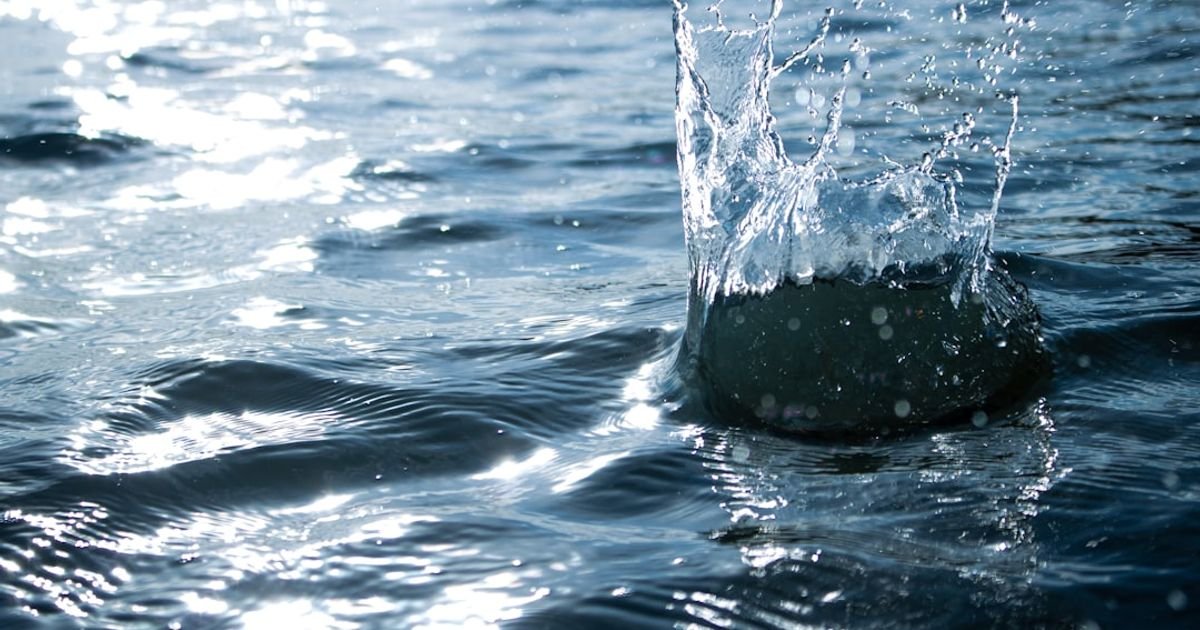About Prompt
- Prompt Type – Dynamic
- Prompt Platform – ChatGPT, Grok, Deepseek, Gemini, Copilot, Midjourney, Meta AI and more
- Niche – Water Safety Monitoring
- Language – English
- Category – Utilities Management
- Prompt Title – AI Prompt for Monitoring Water Quality in Utility Networks
Prompt Details
**Prompt Type:** Dynamic
**Target Audience:** Utilities Management
**Niche:** Water Safety Monitoring
**Platforms:** All AI Platforms
**Goal:** To provide a dynamic prompt that can be adapted for various water quality monitoring scenarios within utility networks, enabling proactive identification of potential issues and facilitating efficient resource allocation.
**Prompt Structure:**
“`
Analyze the provided water quality data from the [Utility Network Name] network for the period of [Start Date] to [End Date]. The data includes the following parameters: [List of parameters, e.g., pH, turbidity, chlorine residual, conductivity, temperature, dissolved oxygen, etc.]. The data is formatted as [Data Format, e.g., CSV, JSON, SQL table]. The data is available at [Data Location/Access Method, e.g., attached file, URL, database query].
Consider the following specific requirements for this analysis:
* **Geographic Focus:** [Specific area of interest within the network, e.g., Zone A, pressure zone 3, service area connected to reservoir X, etc.] This can be specified using [Geo-spatial data format, e.g., GeoJSON polygon, list of node IDs, etc.] (Optional).
* **Thresholds:** [Specify acceptable ranges for each parameter, e.g., pH between 6.5 and 8.5, turbidity less than 1 NTU, etc.]. These thresholds can be based on [Regulatory Standards, e.g., EPA regulations] or [Internal Guidelines].
* **Anomaly Detection Method:** [Specify the method or approach for anomaly detection, e.g., statistical process control (SPC), time series analysis, machine learning-based anomaly detection]. If applicable, provide specific parameters for the chosen method, e.g., control limits for SPC, algorithm for machine learning. If no method is specified, the AI should choose the most appropriate method based on the provided data.
* **Specific Concerns/Hypotheses:** [Optional: Briefly describe any specific concerns or hypotheses to be investigated, e.g., suspected contamination source, impact of recent maintenance activities, seasonal variations, etc.].
Based on the data and provided parameters, perform the following tasks:
1. **Identify Anomalies:** Detect any significant deviations from the established thresholds or expected patterns in the water quality data. Provide specific timestamps and locations (if available) of these anomalies.
2. **Categorize Anomalies:** Classify the identified anomalies based on their potential severity (e.g., low, medium, high). The severity assessment should consider the magnitude of deviation, the parameter affected, and its potential impact on public health or network infrastructure.
3. **Potential Causes:** Suggest possible causes for the identified anomalies, considering the specific geographic location, time of occurrence, and other relevant contextual information. These suggestions can be based on [Knowledge Base/Domain Expertise] provided or publicly available knowledge. (Optional: Provide access to a relevant knowledge base or domain-specific information).
4. **Recommendations:** Provide actionable recommendations for addressing the identified anomalies. These recommendations can include further investigation, corrective actions, or preventative measures. The recommendations should consider operational feasibility and cost-effectiveness.
5. **Visualization:** [Optional: Request specific visualizations to support the analysis, e.g., time series plots of key parameters, maps highlighting anomaly locations, correlation matrices between different parameters]. Specify the desired visualization format (e.g., static image, interactive dashboard).
Provide a comprehensive report summarizing the analysis, including all the above points. The report should be clear, concise, and easy to understand for a utilities management audience. Provide supporting evidence and data visualizations as needed.
“`
**Dynamic Elements:**
* **[Utility Network Name]:** Replace with the specific name of the water utility network.
* **[Start Date] and [End Date]:** Adjust the date range for the analysis.
* **[List of parameters]:** Specify the relevant water quality parameters being monitored.
* **[Data Format] and [Data Location/Access Method]:** Adapt to the specific data source and format.
* **[Geographic Focus]:** Define the specific area within the network for targeted analysis.
* **[Thresholds]:** Adjust the acceptable ranges for each parameter based on regulations and guidelines.
* **[Anomaly Detection Method]:** Tailor the anomaly detection approach based on the data characteristics and desired level of sophistication.
* **[Specific Concerns/Hypotheses]:** Incorporate any specific concerns or areas of investigation.
* **[Knowledge Base/Domain Expertise]:** Provide access to relevant domain knowledge if available.
* **[Visualization]:** Request specific visualizations as needed.
This dynamic prompt structure allows for flexible adaptation to different monitoring scenarios and data sources, facilitating comprehensive water quality analysis and proactive management within utility networks. By incorporating best practices for AI prompt engineering, this prompt enhances clarity, specificity, and ultimately the effectiveness of the AI-driven analysis.

